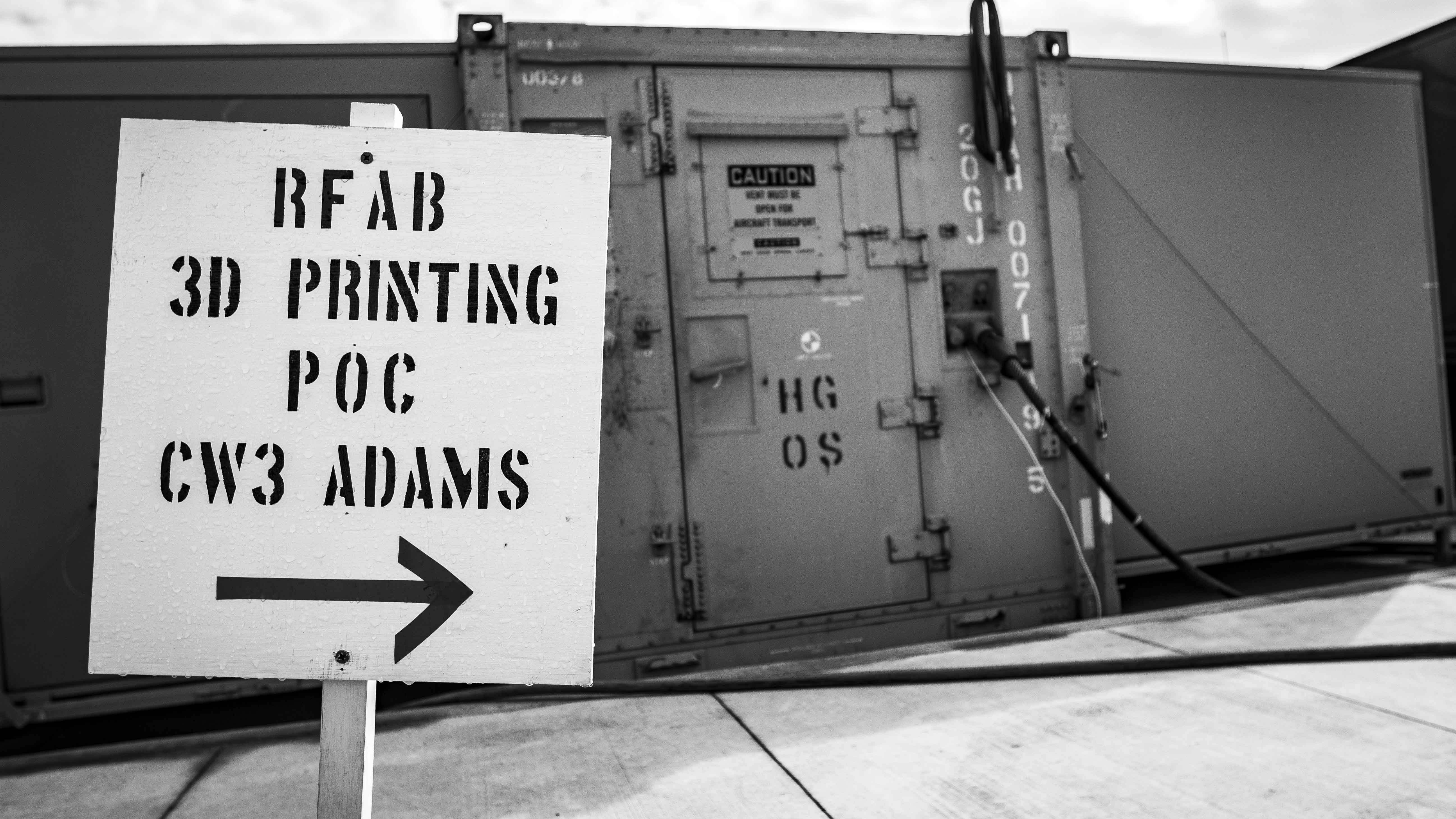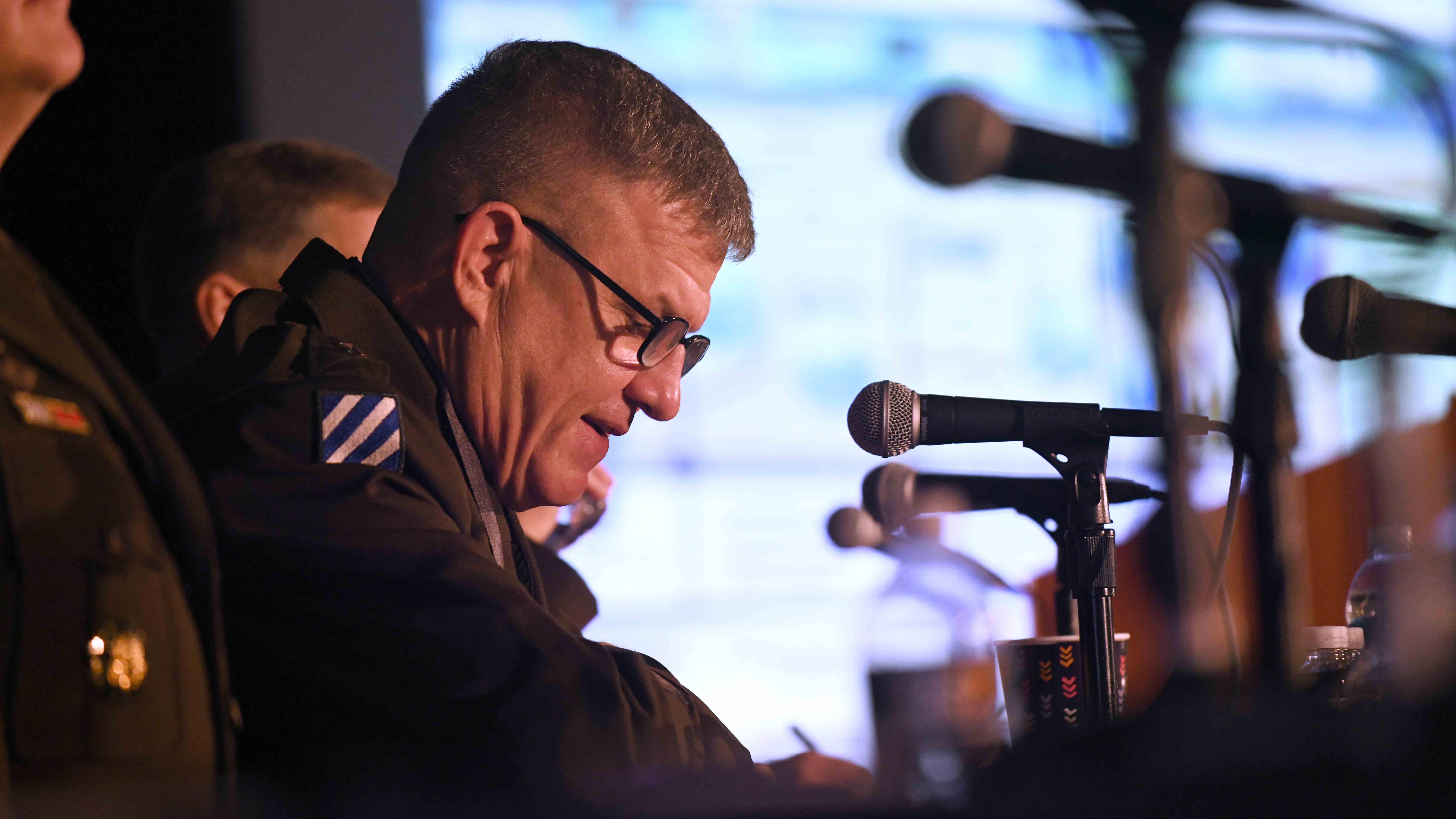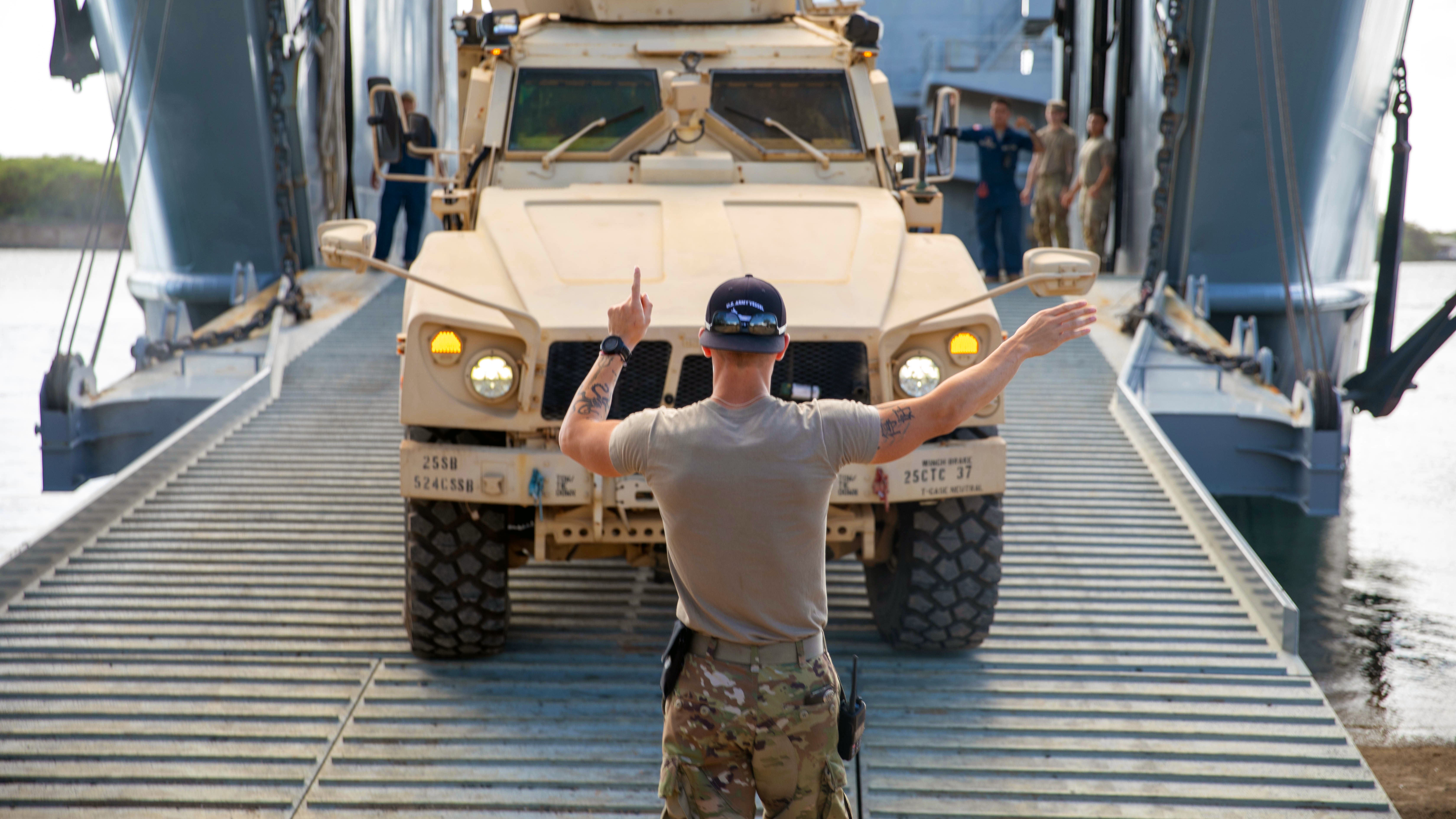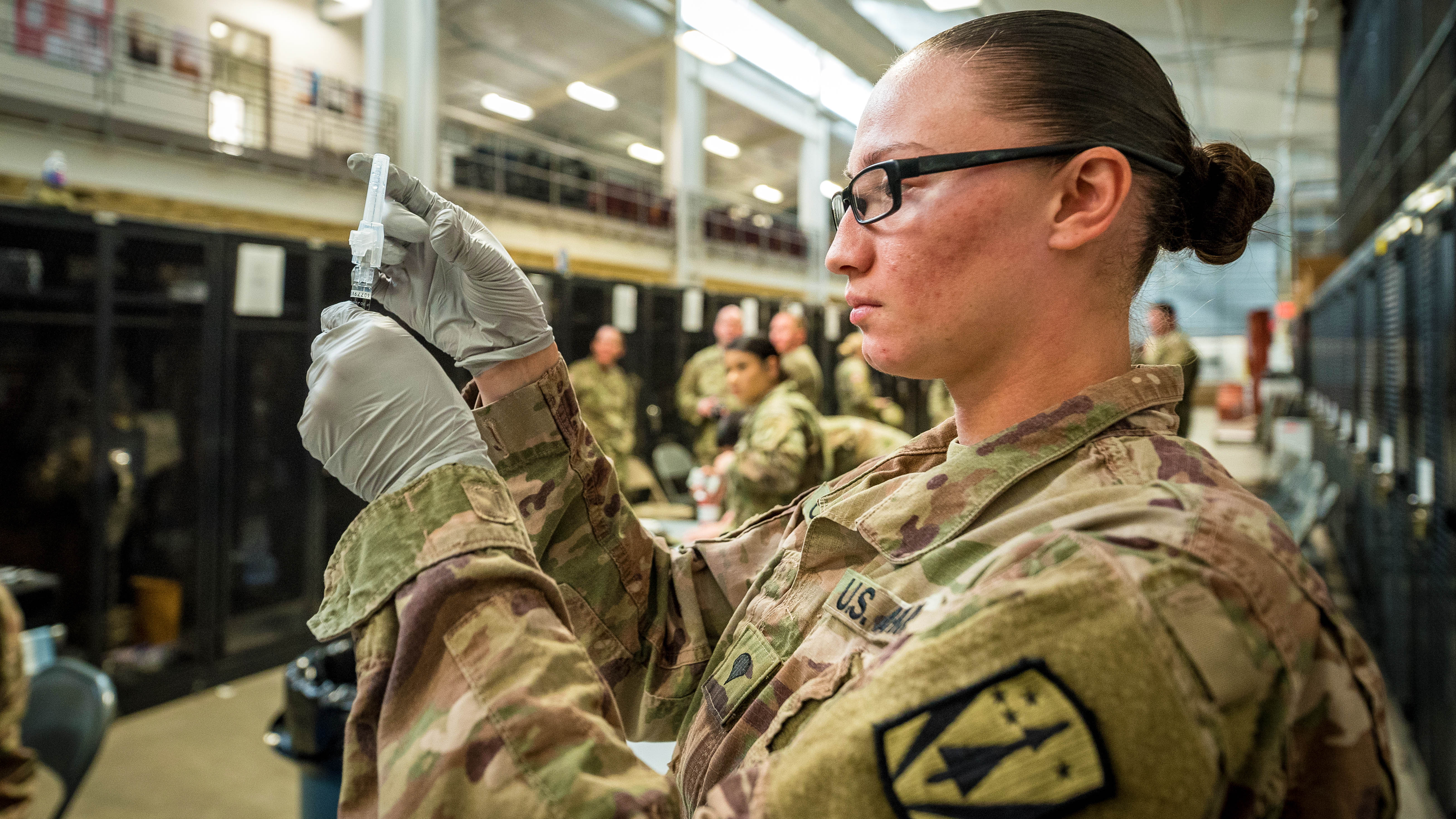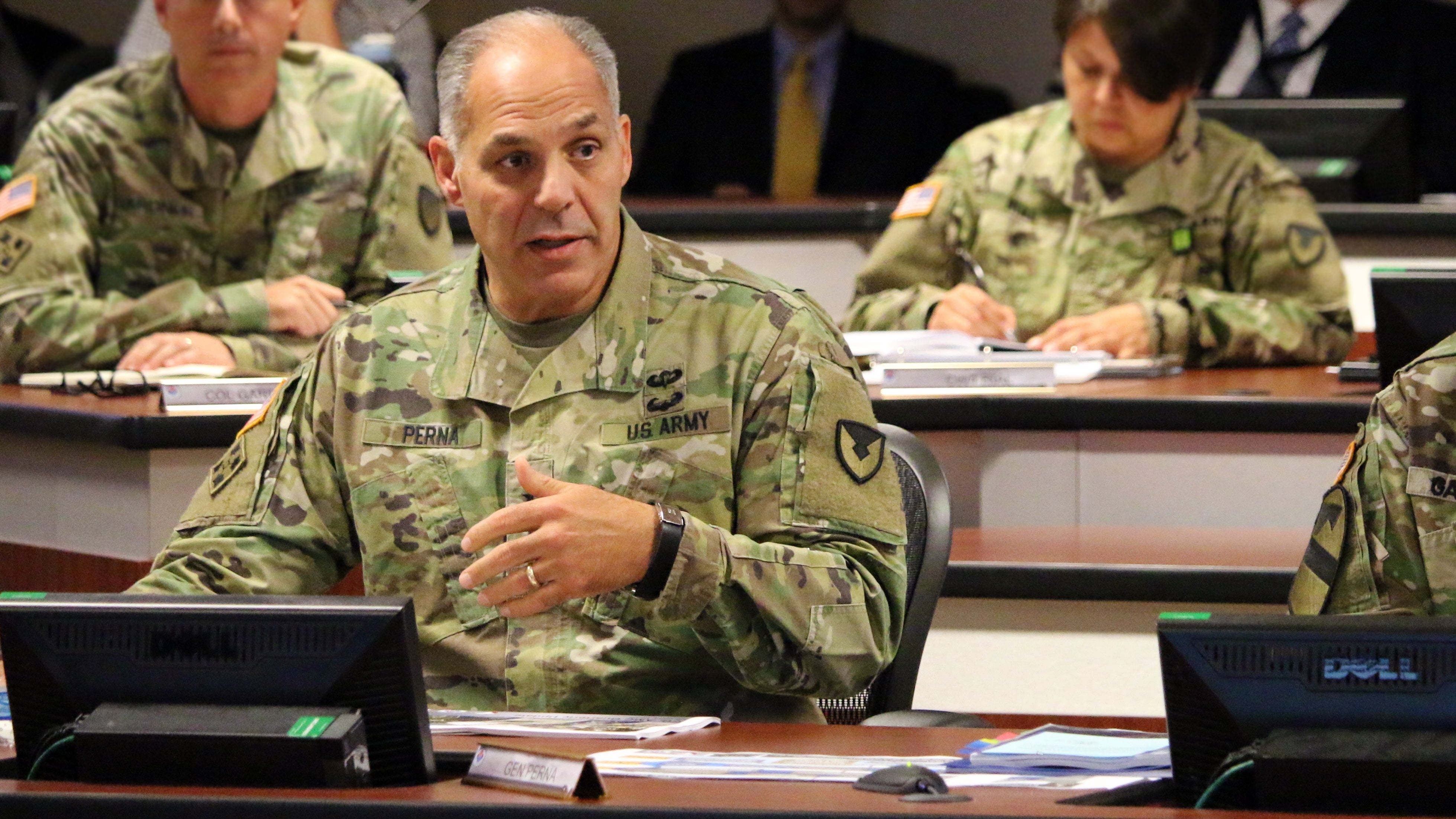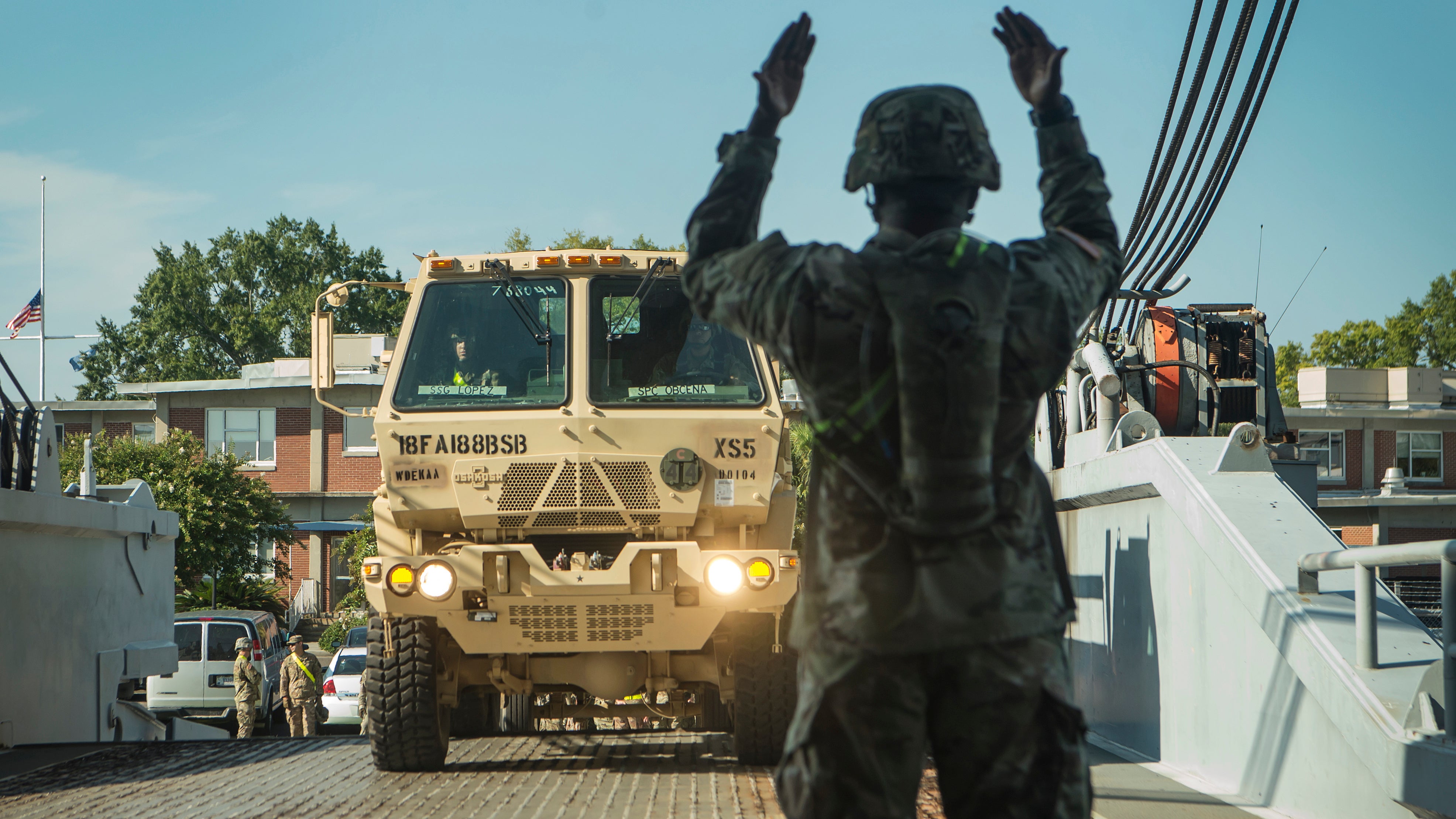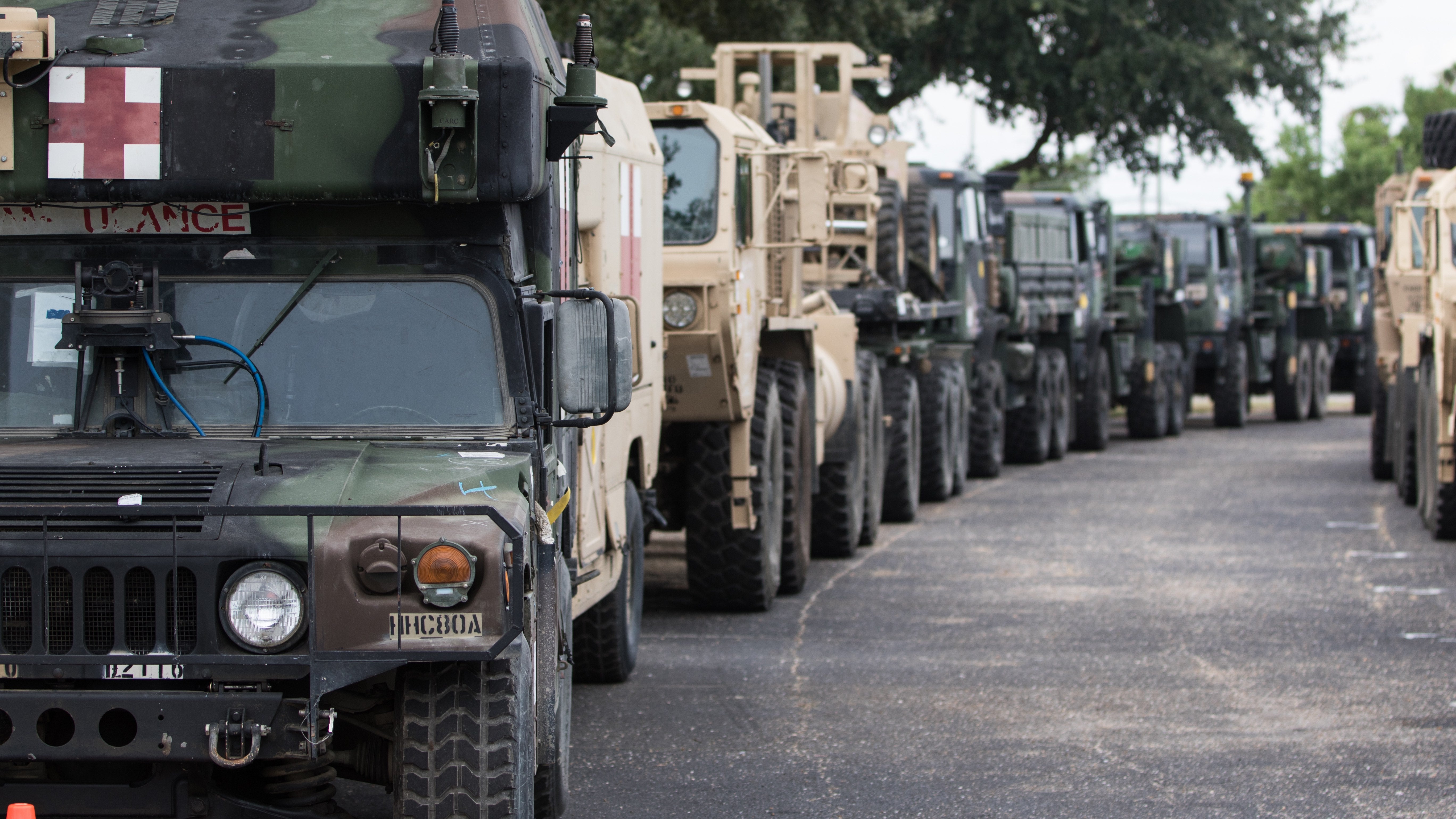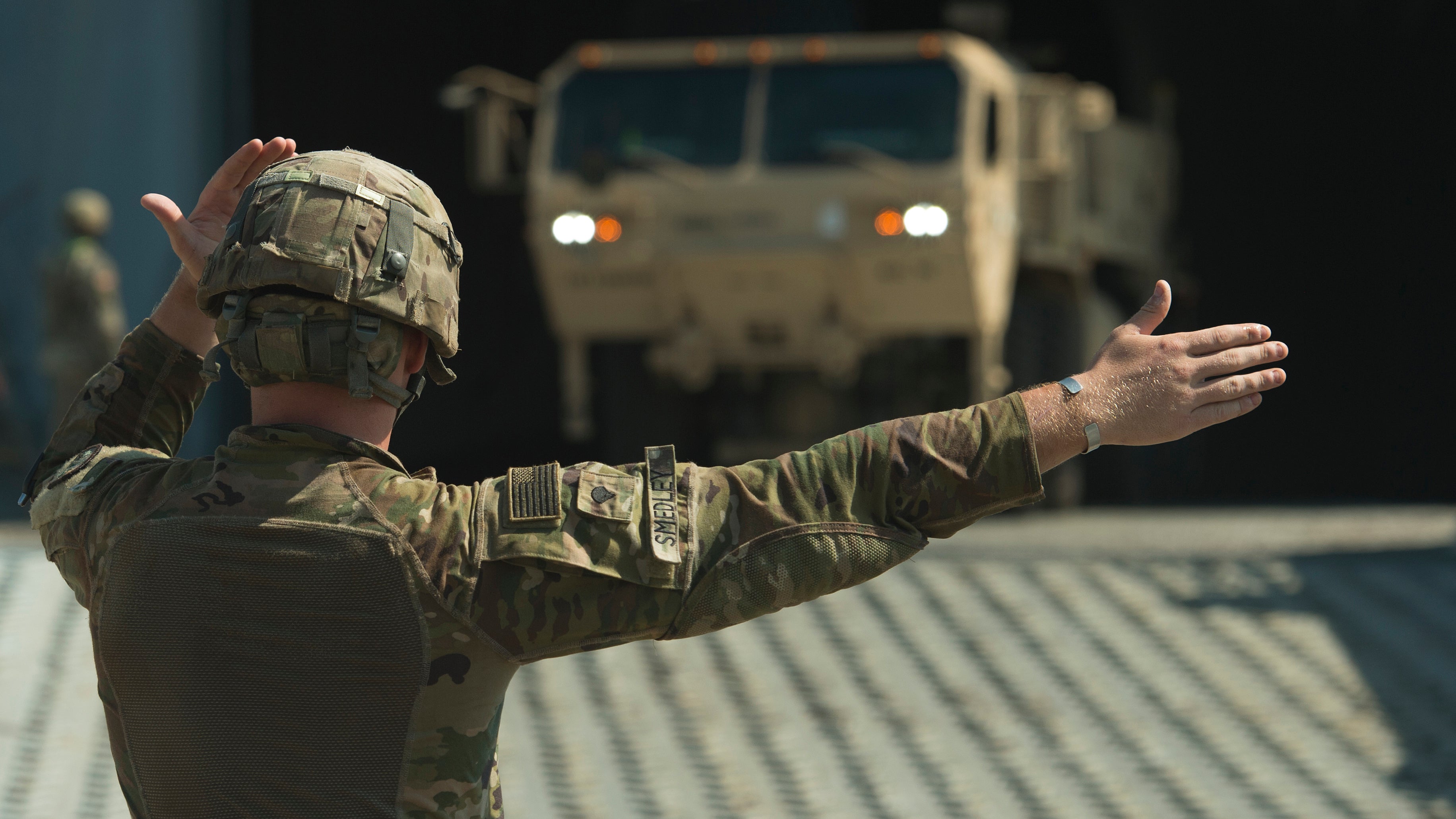Ukraine Fight Holds Lessons for US Army
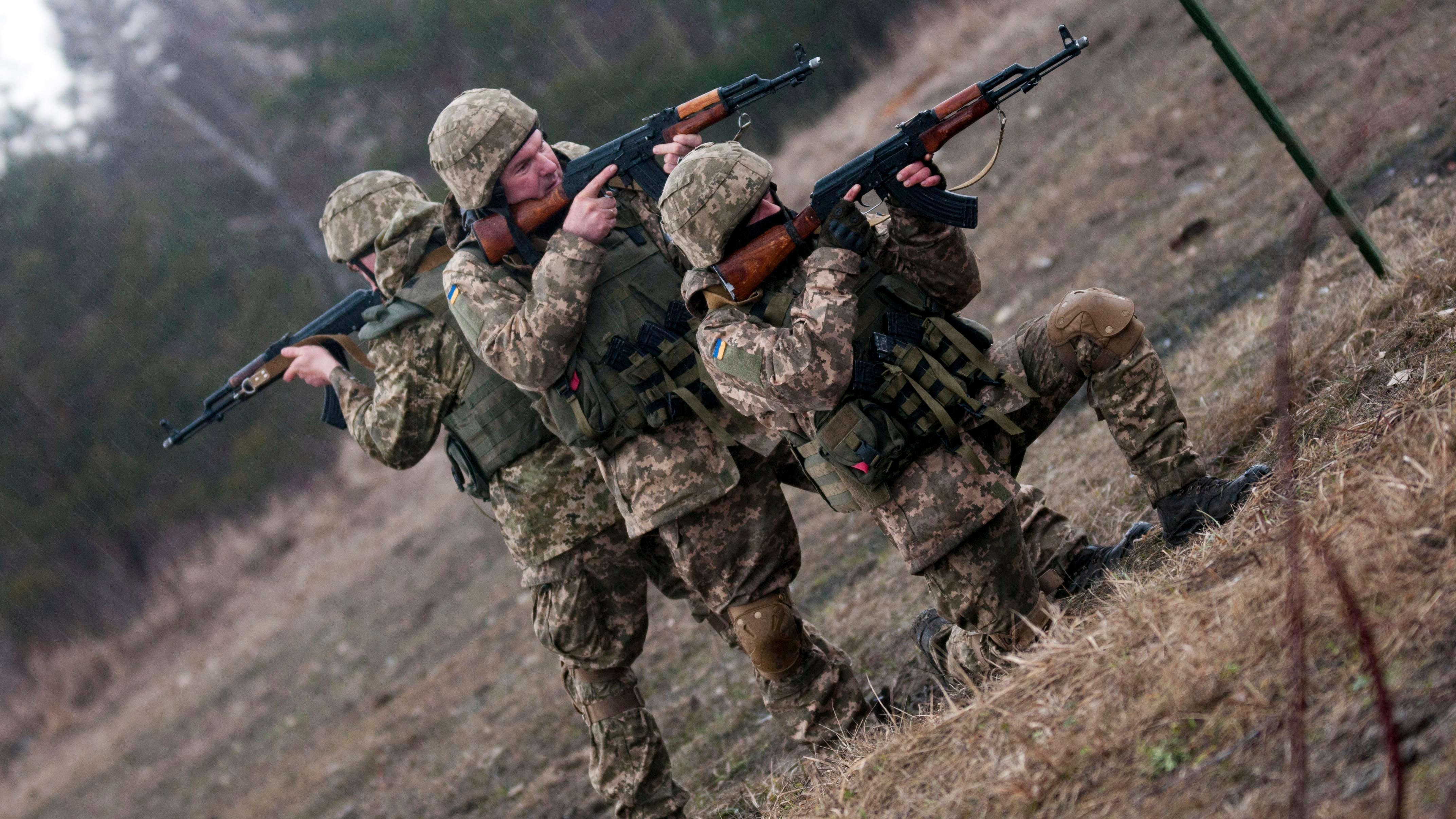
Defense Secretary Lloyd Austin, a renowned combat veteran who led Operation New Dawn in Iraq in 2011 and later commanded the U.S. Central Command, said there are lessons for the U.S. from the Russian invasion of Ukraine, but not necessarily the lessons one might think.
Testifying April 5 before the House Armed Services Committee, nominally about the fiscal 2023 defense budget, Austin said a prime example of success is how the fire-and-forget Javelin missile and infrared-guided Stinger missile “have proven to be very, very effective.”


